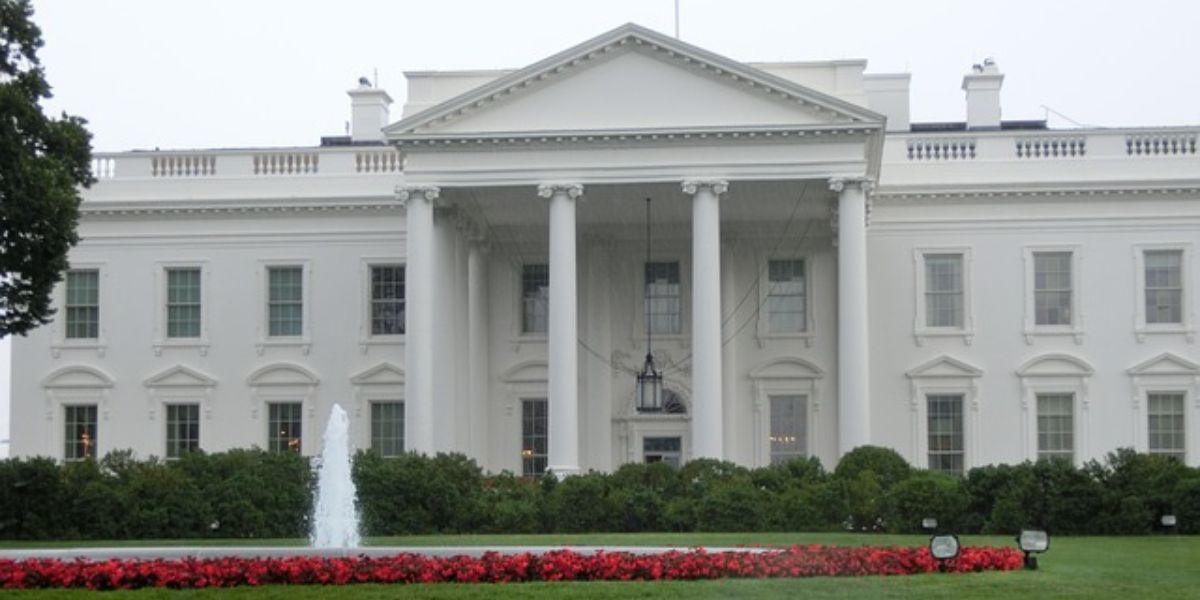In an IMF blog post of 15 April 2021 the IMF Director General looks at policies to secure a green recovery.
The blog notes that following the period of disruption due to the pandemic a few economies, led by the United States and China, are moving ahead, while other countries are still struggling to deal with the economic consequences.
Poorer countries have more limited access to vaccines and little fiscal space. There are also inequalities within countries with the young, women and certain types of small business the hardest hit.
Securing a Green Recovery
To achieve a more sustainable and inclusive recovery, countries need to build greener economies. In low-income countries climate change is already leading to rising poverty, the spread of disease and food insecurity.
The IMF has looked at how economic policy tools can help to achieve net zero emissions by 2050 while supporting economic growth, employment and income equality. A policy mix introducing carbon taxes and incentives for green investment could increase global GDP by around 0.7% in the next fifteen years, creating around twelve million additional jobs by 2027.
Carbon Pricing
It is now generally considered that carbon pricing is the most cost-effective method of reducing carbon emissions. Carbon pricing creates incentives for households and businesses to shift towards greener options because the alternatives become more expensive when priced to take emissions into account. This makes green investments more attractive and levels the playing field between renewable energy and fossil fuels.
Although Asia currently produces almost half the world’s carbon emissions, IMF research indicates that a progressive carbon price that rises steadily from a low base could help Asian countries reach their goals under the Paris Climate Agreement in the next ten years.
Also, carbon taxes can raise substantial government revenues, which could be used to increase public investment in health, education, and skills retraining, in addition to supporting households.
China’s emissions trading for the power sector
China’s national carbon emissions trading system for the power sector has a different design, setting limits on emissions relative to a firm’s energy output instead of imposing a cap on total emissions.
The coverage of the system could be increased by moving to a cap on total emissions; gradually adopting more challenging targets; tightening compliance; extending the system to other sectors; and raising revenue from the allocations, for which there is currently no charge.
Other tools to lower emissions
China’s coal tax could be scaled up to reduce carbon emissions. Other tools that could be used by countries to help meet climate goals include “feebate” schemes that aim to reward efficient practices and discourage high-carbon activities. These could be combined with stronger regulation of emissions and energy efficiency.
Stronger International Cooperation
Reaching agreement on differentiated carbon price floors is one important area for international cooperation. The international community also needs to make available the climate finance and technology transfers needed by developing economies to increase their efforts to reach climate goals.
International cooperation is also needed to increase transparency by improving the quality of climate disclosure. Countries also need to harmonize global green finance standards and share best practices.















